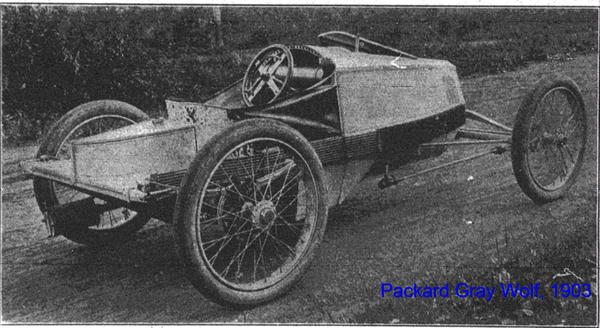- 1890s Cars
- Barney Oldfield Images
- Oldfield - Petersen
- Beer
- Early Auto Industry
- Uniontown - Marci McGuinness
- General Period Clip Art
- Early Race Related Clip Art
- Advertising and Editorial Cartoons
- Early Indianapolis
- IMS Construction
- Indianapolis Speedway
- First IMS Auto Races
- Failed 1909 Air Show
- 1909 IMS Balloon Races
- 1909 IMS Motorcycle Meet
- 1910 Indianapolis Auto Show
- 1913 Indianapolis 500
- 1919 Indianapolis 500
- Joe Dawson
- WWI "500" Winner Draft Cards
- Frank Di Buglione (off the wall art, LLC)
- Gilbert Art
- Carl Graham Fisher
- IMS Hall of Fame Museum
- Alco at 100th Anniversary
- Frederic Matile - Morris Park
- Miami-Fulford Speedway
- Paul Sheedy Collection
- Early Wyoming Racing - 1909 - 1919
- Personalities
- Early Racing Images
- Glidden Tour
- 1909 Cobe Trophy
- Fairmount Park & Belmont Estates
- Early Santa Monica
- Don Radbruch Collection
- Jeroen de Boer Collection 1910
- Jeroen de Boer Collection 1912
- Jeroen de Boer Collection 1913
- Jeroen de Boer Collection 1914
- Georges Boillot
- Story's Indianapolis 500 Cars
- Story's Sports Cars
- Story's Grand Prix Cars
- Old School
- Story's Brickyard Sketchbook
Packard Gray Wolf
Photo Gallery Categories
Search
Featured Article
Image of The Week

Designed and built in 1903 by a French engineer with a German name, Charles Schmidt, the Packard Gray Wolf was based on the Packard Motor Car Company's model K chassis, but stripped to minimize weight. The car was considered lightweight in the day at 1400 pounds. The Gray Wolf had wire spoke wheels instead of the typical wood artillery, and the chassis was made of lightweight compressed steel as opposed to the typical heavier steel and wood construction of the Model K. All of this reflected Schmidt's obsession with lightweight design, which was important as the engine produced only 24 horsepower.
Schmidt, the chief engineer for Packard at the time, was determined to drive the car himself. Packard President Henry Bourne Joy probably approved Schmidt's racing to keep him happy because he was a world class engineering talent. Schmidt plowed through a fence in the car's first outing at the Glenville horse track near Cleveland in September 1903. Schmidt spent the next couple of months nursing cracked ribs. Healed, he returned to Ormond - Daytona Beach on January 2 & 3, 1904 to set several world records for lightweight cars and even cranked out the American mile record for any type of car at some 77 miles per hour. The car's biggest hurrah - and Schmidt's final race as a driver - came October 8, 1904 in the first running of the Vanderbilt Cup on Long Island, New York. The Gray Wolf was in a surprising fourth place when the race was stopped.
A reproduction of the Gray Wolf constructed to the original plans exists today. Click throught the link to see some terrific photos. I give the information associated with it a "C," but the photos are outstanding, "A+."
| Attachment | Size |
|---|---|
| Packard Gray Wolf.jpg | 44.1 KB |
